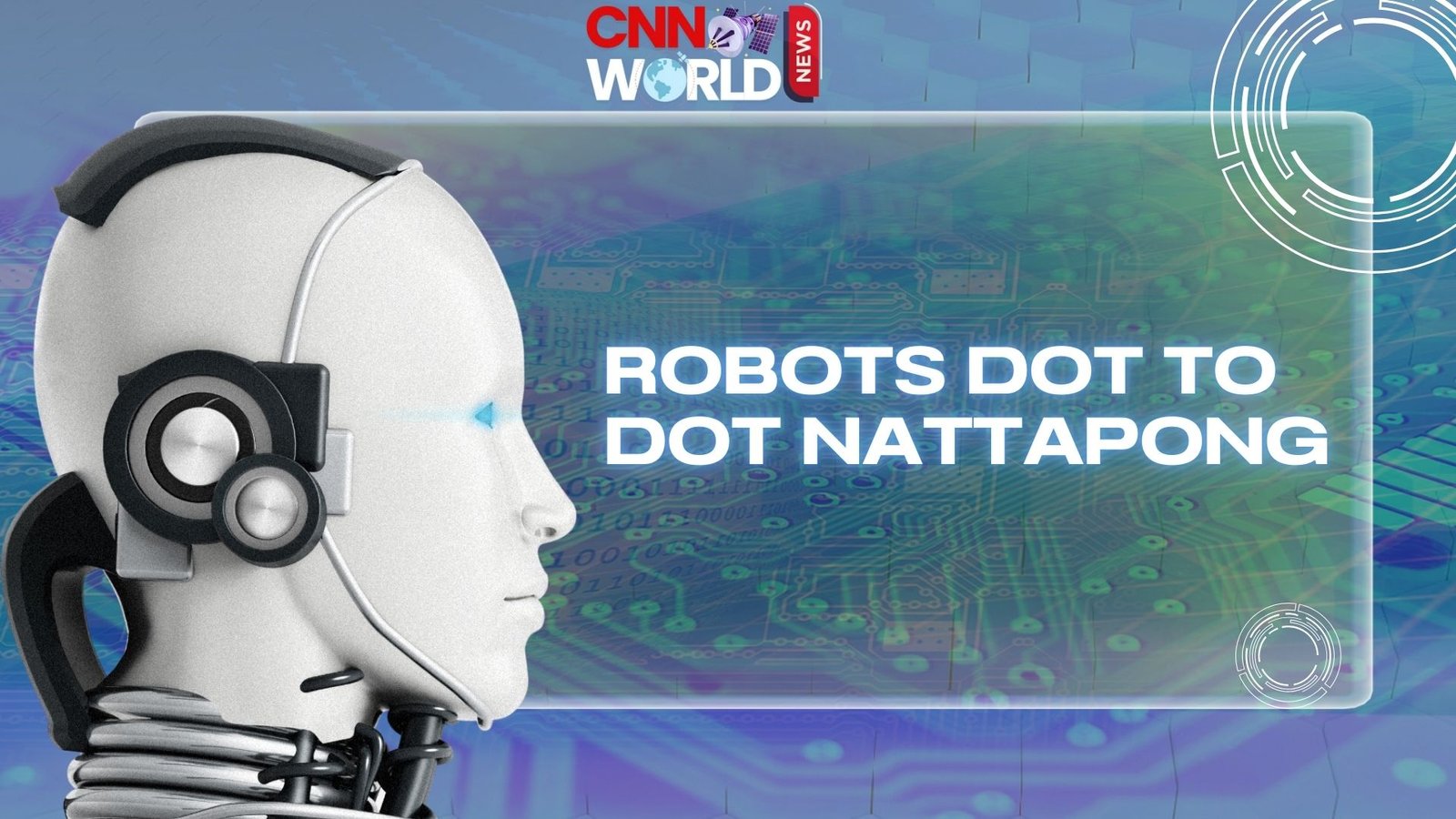Given today’s technological advancement, making meaningful and resourceful methodology approaches in teaching robotics is challenging. The use of robots dot to dot nattapong helps in the following way to present a unique solution to the puzzle. It adds interaction to learning robotics. They are made of known, simple parts. In this article, the author talks about the basics of this approach to teaching and how it works. They also cover the benefits of this method and its potential for the future.
Who is Nattapong?
Nattapong is a famous Thai artist, and his works include art through the connection of dots that interact between humans and computers. At first, art and IT people criticized and ignored Nattapong’s art. But, he persisted and created his own fine arts style with robots. He showed that machines are not just a threat to creativity but can complement it.
The Evolution of Robots Dot to Dot Pong Nattaporn
Drawing links between dots may be traced back to the 19th century regarding a game and teaching aid. It spread to newspapers and books during the early part of this century. As for the academic learning concept, Nattapong has applied it to robotics. He uses a simple concept that makes hard topics easy to understand.
How Robots Dot to Dot, Aka Nattapong Works
Educational Kits
The educational kits that Nattapong has produced are subassemblies, which already have a pattern in the format of a dot-to-dot. Every dot marks a segment or a joint in a robot. They join to form a connection. This lets the learners see the system in parts.
Learning Resources
- In addition to these kits, Nattapong offers the following aids. These aids include books and other forms of content. These materials provide detailed explanations and procedures for going about it, making the learning process easy and fun.
- Based on the general options, the specific ones include Interactive Workshops and Online Courses.
- Nattapong also conducts courses, workshops, and online classes. They include practical sessions. People make and understand robots in these sessions by doing projects and exercises.
The Advantages of Robots Dot to Dot, Nattapong

Simplified Learning
Splitting the issues into smaller, more manageable parts makes Nattapong’s strategy easier to understand. This is especially true for the newcomers.
Engaging and Interactive
The authors also note that the dot-to-dot method is lively, appealing to learners’ desire to engage in a game of sorts.
Enhanced Problem-Solving Skills
Working through the dot-to-dot pattern is very beneficial. It helps develop thinking and problem-solving skills. These skills are needed in robotics and other STEM subjects.
Better Retention of Information
Learners are also more likely to remember the course’s information for longer. This is due to the ‘engagement’ through dot-to-dot activities. The processes in these activities are demanding and compelling. They help us achieve memorable learning outcomes.
Types of dot-to-dot activities
Dot to Dot Robots for new learners
Because of such square and minimalistic designs, these types of shoes are the best for starters. Such puzzles contain fewer dots and easy sort shapes, which makes it possible for the participants to complete and comprehend them easily.
Specialized Dot to Dot Robots
More to it, advanced designs prove to be slightly more challenging, especially for advanced learners. These more complex designs demand further concentration and skill, even when painting or drawing.
More sophisticated than Dot to Dot robots
For the more advanced students, there are more difficult designs that a student can attempt. These patterns are more detailed. They demand more skill than simpler patterns.
The products include Themed Dot to Dot Robots
As suggested by the term, the themed designs of the activity bring an artistic twist to it. Students can select preferences such as themes or characters that are fun to them, making it more enjoyable.
Manufacturing
In operations, dot-to-dot activities enhance operations. They help with assembly, packaging, and more. Fairly, it helps cut expenses and enhance efficiency.
Educational Settings
Dot-to-dots are great for schools. They help teachers develop students’ skills and get students interested in learning.
Therapeutic Uses
Connecting the dots is entertaining and can be incorporated into people’s therapy courses. They offer an engaging task for patients with various diseases. It helps fine motor rehabilitation.
People often hear about the advantages of robots and the difficulties they face. This paper aims to find out the difficulties faced by robots that dot to dot nattapong.
Mechanical Limitations
Steady and repetitive movements are a major constraint, particularly in early design structures. It is a never-ending process to maintain accuracy and credibility.
Refining Algorithms
The algorithms must always be enhanced to properly capture as many images as possible. This process is vital in improving the quality and flexibility of artistic endowments in robotics.
Public Perception
Nevertheless, Nattapong works closely with the art community to present his strong points.
Future Prospects of Robots Dot to Dot Nattapong
The prospects of robots are promising. More opportunities are expected for them. Consequently, this method is believed capable of discharging considerable potential in robotics education. Nattapong is working on new kits with the latest educational technology. He wants his kits to stay relevant in helping students learn.
Conclusion
Overall, “Robots dot to dot nattapong” can be highly useful for learning robotics in a rather different and engaging manner. Thus, Nattapong has decomposed the complex systems into activity-centered interactions. This has let him integrate robotics into education. He has revolutionized many sectors, including teaching and therapy, and his future is even brighter.
Disclaimer Thus, all the information provided in the article has been gathered and analyzed. We don’t claim the accuracy of the information published and don’t recommend any service. Errors cannot be ruled out and we are not held liable for them.
Also Read – Understanding The Basics Of 127.0.0.1:57573




